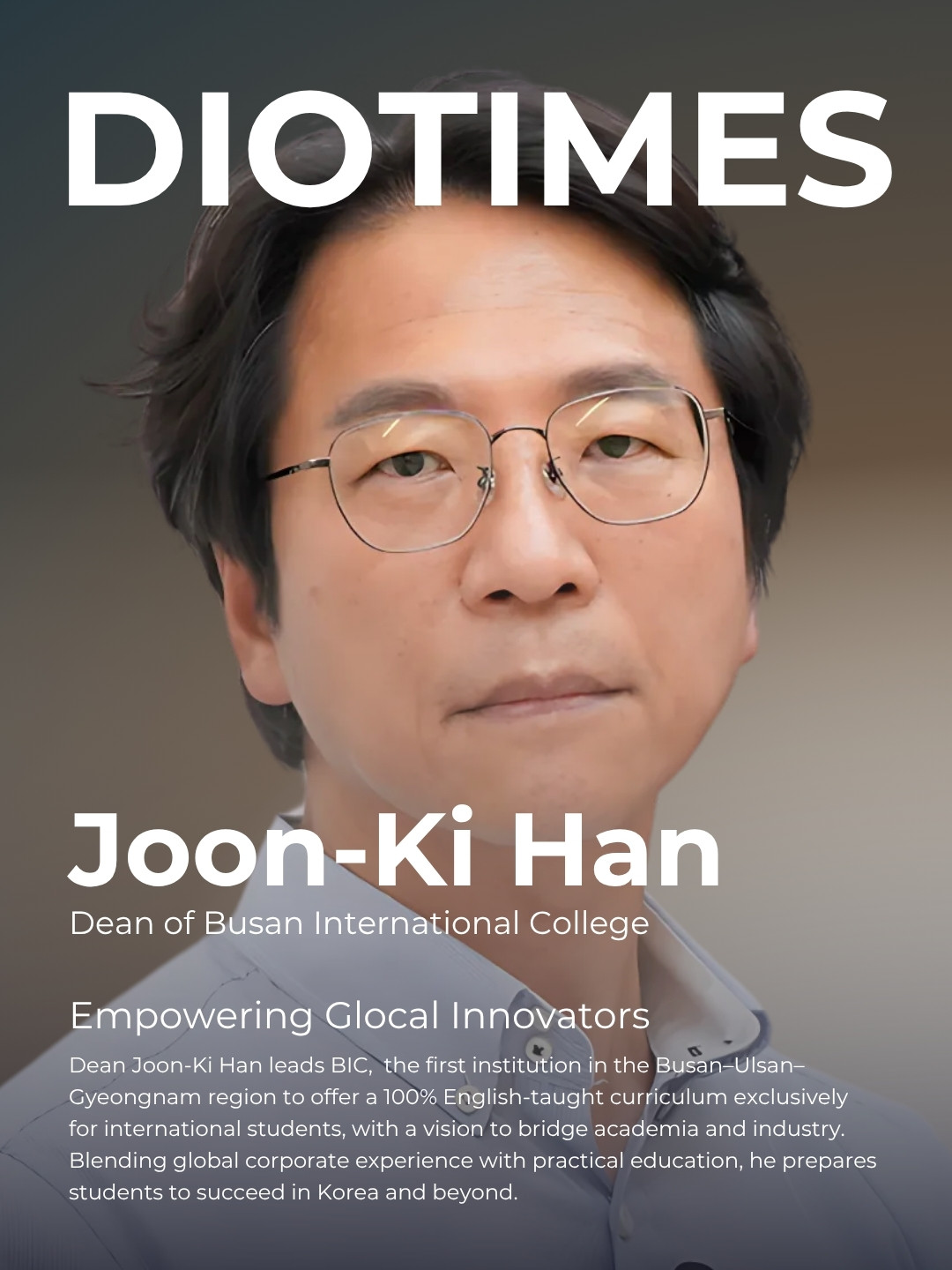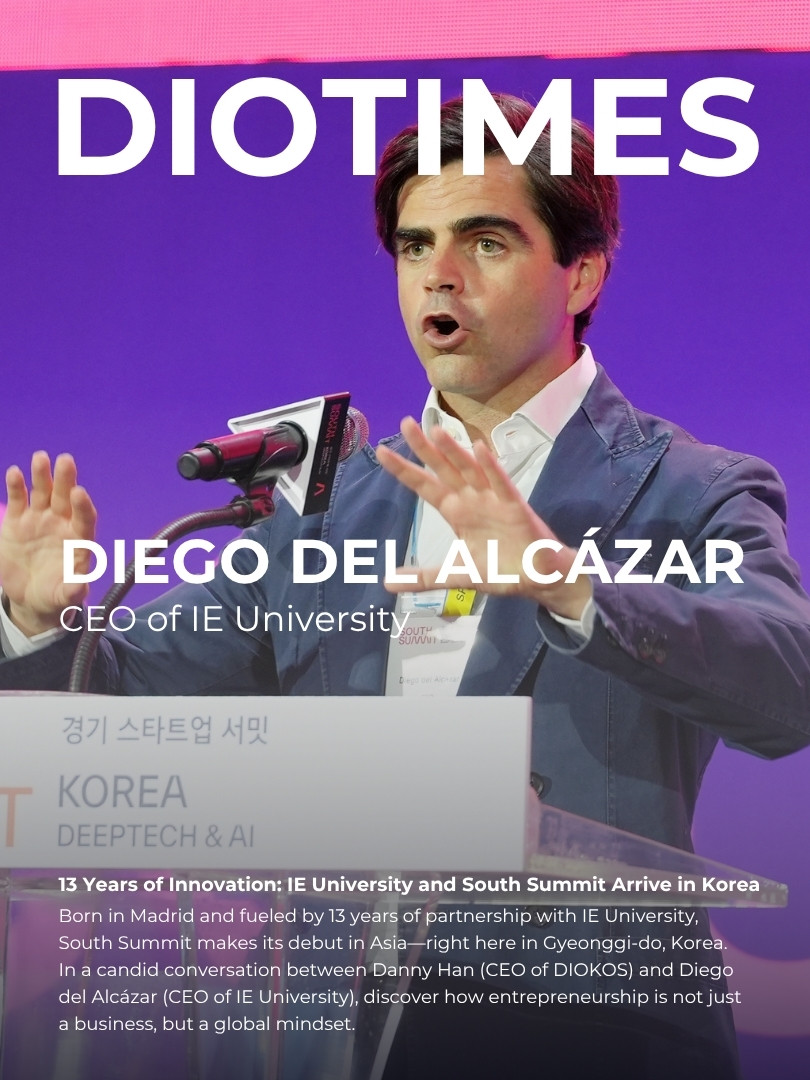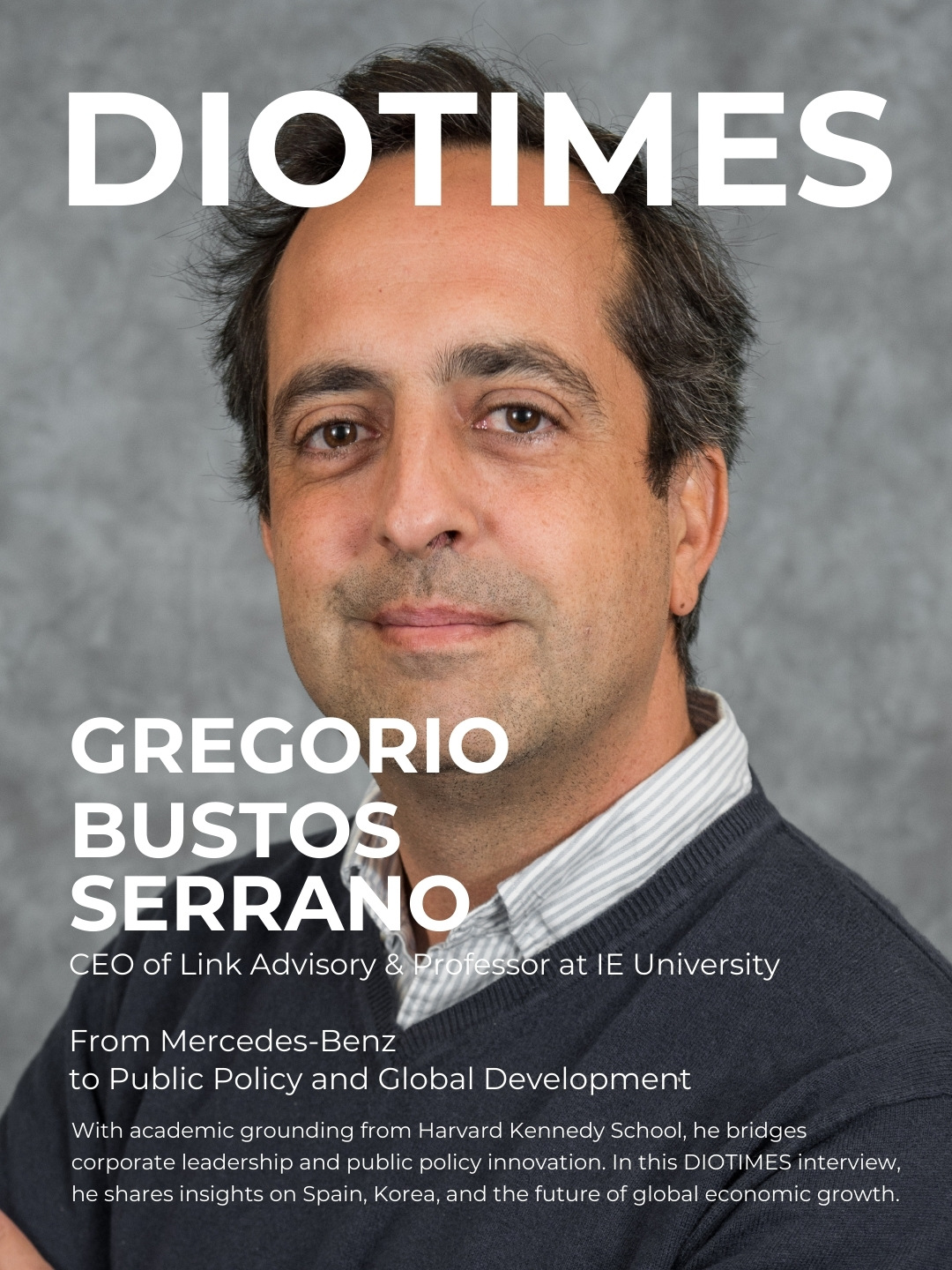South Korea is aging at an unprecedented pace, and the labor market is bracing for a seismic shift. President Lee Jae-myung, newly elected as the 21st President of the Republic of Korea, has pledged a phased extension of the statutory retirement age to 65. His administration intends to pursue legislation within his first year in office, after gathering opinions from stakeholders. What was once a subject of occasional debate has now become a looming reality, marking a profound paradigm shift for corporate Human Resource Management (HRM).
A Moment of Opportunity and Crisis
The new era of retirement at 65 will bring both opportunities and challenges for companies and the labor market. Managed effectively, it could help retain experienced talent and ensure the transfer of valuable know-how, thereby protecting organizational knowledge assets and improving productivity. For companies, this creates a stable foundation to secure and utilize critical talent. For older employees, it promises greater financial security in later life.
However, rising labor costs are one of the most immediate concerns. Extending retirement inevitably increases personnel expenses. If companies maintain the current seniority-based pay system, financial pressures will intensify. Concerns also remain about reduced hiring opportunities for young people and potential intergenerational conflicts stemming from promotion bottlenecks and role distribution.
Adding complexity, the government’s detailed implementation policies will influence how these dynamics unfold. Still, companies cannot afford to wait. They must start preparing internal HR programs now, before change becomes inevitable.
Three Priorities to Remember
Joon-Ki Han, Dean of Busan International College at Tongmyong University – Ph.D. in Business Administration (Korea University, Hankuk University of Foreign Studies), Former Professor at IGM World Management Institute, Former Adjunct Professor at Sungkyunkwan Global MBA School, Former Head of HR at Microsoft Korea – suggests three major pillars for companies to act on:
1. Career Management
Companies must redesign career development from a “life cycle” perspective. Senior employees in their 50s and beyond should no longer be dismissed as “high-cost idle staff” but repositioned as “internal consultants,” “project specialists,” or “mentors for new employees.” This requires a growth mindset and substantial investment in re-skilling and up-skilling programs. With proper career management, employee engagement and organizational productivity will naturally follow.
2. Performance Management
Companies must move toward an “age-neutral” and “flexible” compensation system. The seniority-based wage model should give way to a performance- and job-based system. While this transition is daunting, it is inevitable in today’s labor market, which increasingly values specialists and career professionals. Phased retirement models and fair performance evaluation mechanisms should be refined to balance corporate sustainability and employee expectations.
3. Organizational Culture Management
Beyond “generational coexistence,” organizations must cultivate a culture of “generational fusion.” This means creating structures where younger employees contribute digital fluency and creativity, while senior staff provide wisdom and experience. Practical examples include reverse mentoring and cross-generational project teams, which can dismantle barriers, foster understanding, and spark innovation.
Global Benchmarks
Advanced economies provide valuable lessons. In Japan, Toyota rehires veteran technicians as “technical advisors,” ensuring seamless knowledge transfer. In Germany, manufacturers have ergonomically redesigned workplaces for older staff, while mixed-age teams boosted productivity by 7%. These cases show that senior employees should not be treated merely as beneficiaries of accommodation but recognized as key contributors to organizational productivity. The key lies in flexibility and company-specific solutions.
Retirement at 65: Focusing on Sustainability
With the President’s pledge, the shift to retirement at 65 is now an unstoppable reality. For Korean companies, this represents not only a massive HR challenge but also an opportunity for growth.
The essence of this change is not simply retaining older employees longer but rediscovering the value of senior talent and managing them sustainably within organizations.
The key question must evolve: not “How can we resist retirement extension?” but “How can we maximize organizational competitiveness within this inevitable shift?” The time has come to transform the “senior dilemma” into “senior energy.”





